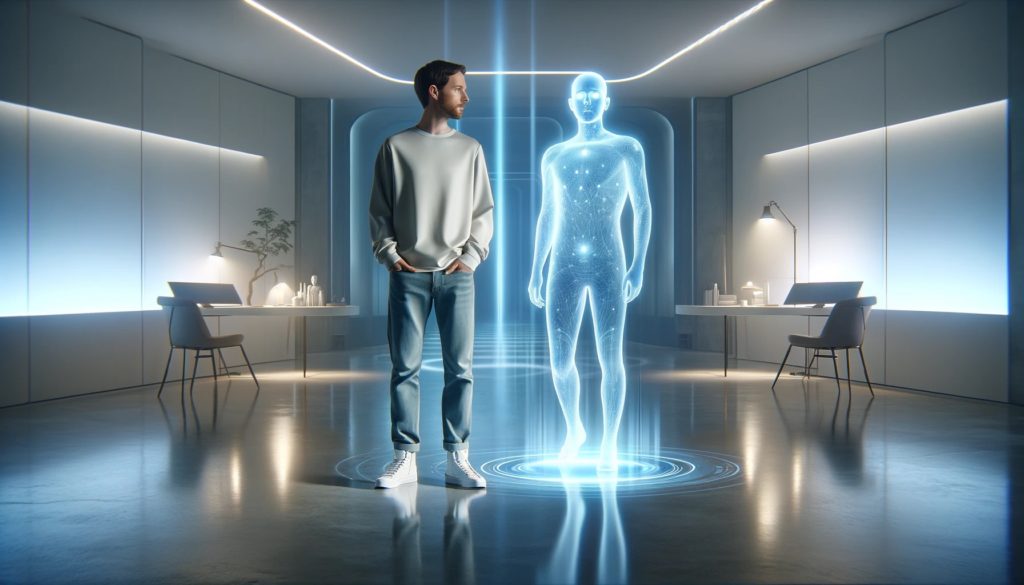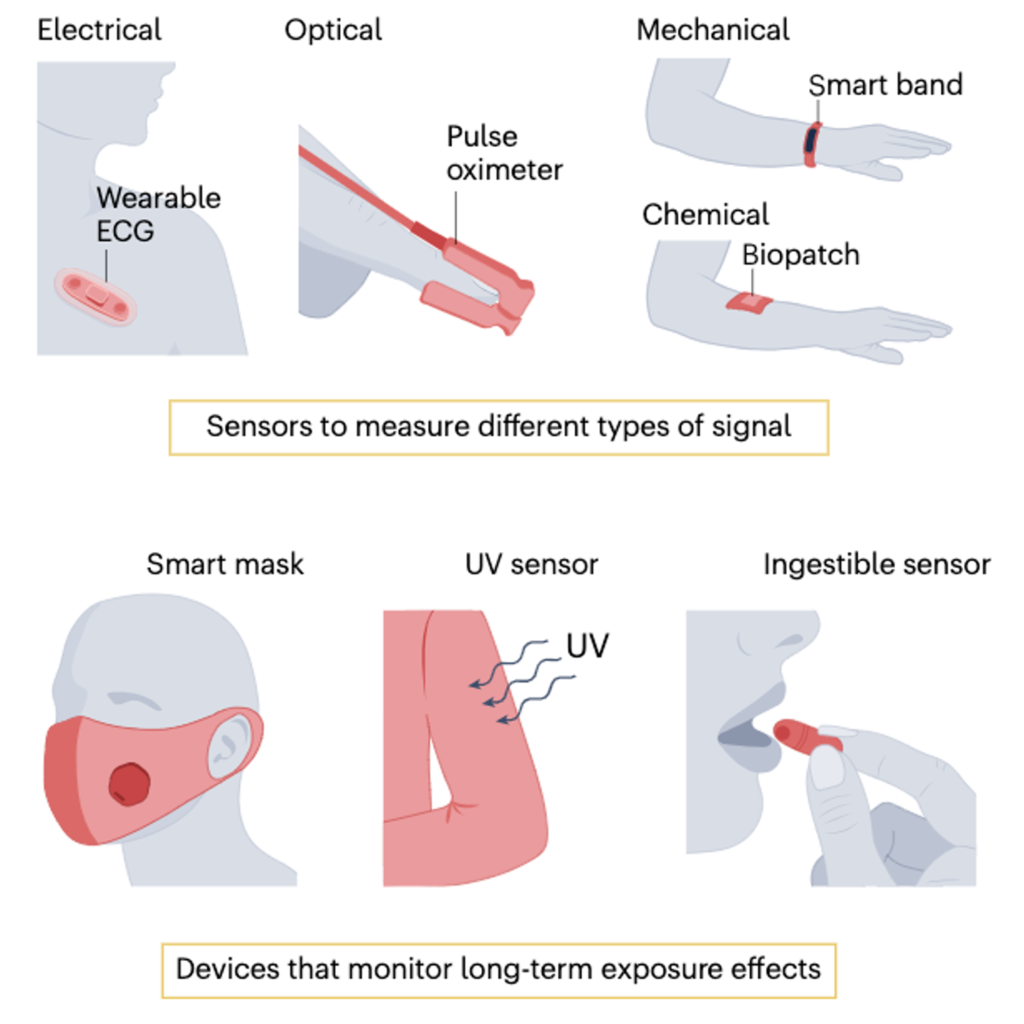Meet the Digital You: Exciting New AI-Driven Longevity Medicine
Cambridge scientists have laid the groundwork for developing data-driven digital doppelgangers to tackle diseases that stifle longevity.
Highlights:
- Virtual representations of our body can be used to predict disease while simulating treatment outcomes, potentially leading us to live longer lives.
- Wearable and implantable sensors can be used to continuously measure both our biological state and the state of our external environment.
- Before this technology can be implemented, hurdles such as costs and susceptibility to hacking must be addressed.
Modern medicine has made strides in developing drugs that suppress single conditions, including high blood pressure, high cholesterol, and high blood sugar. However, single-target drugs fail to address the complexity of the whole body. As a result, complex diseases like cardiovascular disease, neurodegenerative disease, and cancer remain among the leading causes of death worldwide.
Considering that the human body is a complex system, biologists have turned to digital twins (DTs) — a virtual representation of an object or system. DTs are currently in use across various industrial sectors, such as urban planning, building construction, and product manufacturing. If applied to the human body, DTs could help researchers resolve the complexities of chronic diseases and aging.
The Data-Driven Self

We are not static creatures; our physiology is constantly changing with our environment. If these changes could be measured, they could be utilized to generate a DT of the human body.
Accordingly, Cambridge scientists have proposed the implementation of wearable sensors that obtain data by continuously measuring changes to our internal and external environment. Driven by the computing capacity of artificial intelligence (AI), this real-time data can be integrated with all relevant and available healthcare data to generate human body DTs.
In turn, as a computational model, our human body DTs can serve as prediction-making machines. They will ultimately be able to inform us on which preventative measures to take to stave off adverse health conditions. Furthermore, before such measures are taken, their effects can be simulated. For example, the effects of NMN on high blood pressure could be simulated to determine if NMN is the right treatment.
“By generating virtual counterparts that replicate human anatomy and physiology, [digital twin technology] offers a remarkable opportunity to comprehend and anticipate physiological and pathological states in a highly individualized manner,” said the Cambridge scientists.
The nth Sense

The proposed sensors include a wearable electrocardiogram (ECG), which measures the electrical activity of our heart. Other existing devices include the pulse oximeter, which uses light absorption to measure blood oxygen levels, and blood glucose monitors. Also, the more commonly known smartwatch can be used to estimate physiological changes such as heart rate. Additionally, biopatches can be worn to detect various chemical changes within fluids like sweat.
Discreet sensors will also be needed to monitor the external environment. For example, to measure ultra-violet (UV) exposure from sunlight, sensors can be placed into specially tailored clothing. Moreover, smart masks can be used to monitor air pollution, and ingested sensors can measure digestive tract alterations from foods.
Being Hacked

There are several hurdles to overcome before DT technology can be distributed widely. One hurdle will be to make DT technology affordable to everyone. This is considering the costs of sensors, data processing, data storage, and other expenses. If not made affordable to everyone, ethical issues surrounding access to DT technology arise. One worry is that DT technology could exacerbate existing health disparities between higher-income and lower-income individuals.
Additionally, considering the massive amounts of data transmitted and stored for DT technology to work, cybersecurity will be important for protecting privacy. Furthermore, the sensors, which will be wireless and likely connected to the internet, will be susceptible to hacking. Therefore, security measures will be needed to prevent potentially erroneous or tampered-with data.
Overall, with many puzzle pieces already in place, a human body DT seems feasible. With enough support from healthcare organizations and government agencies along with expertise from academic and private institutions, a digital you may be just around the corner.

